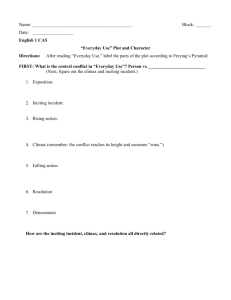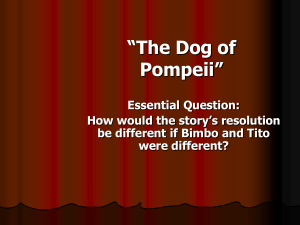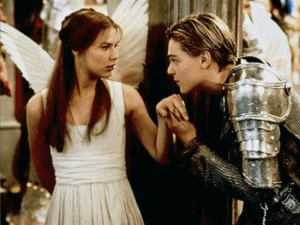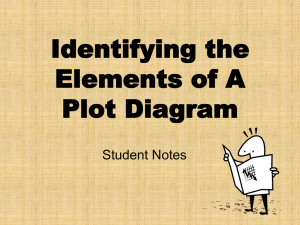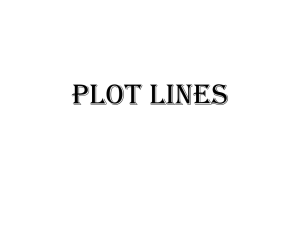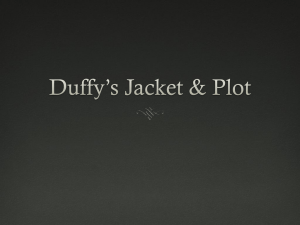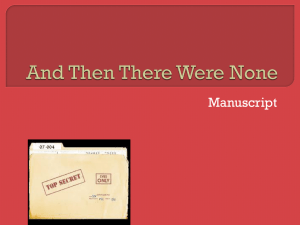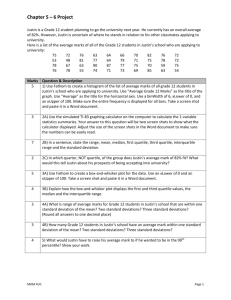Story Structure Lesson 2 PowerPoint
advertisement
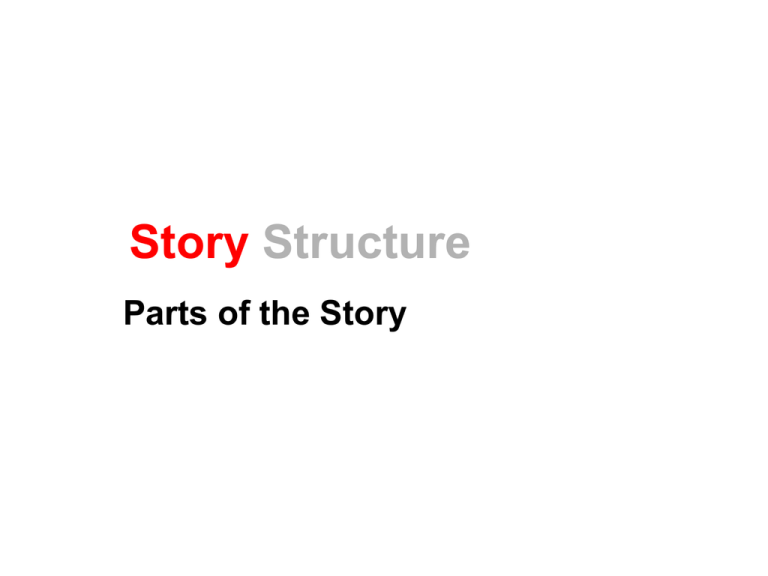
Story Structure Parts of the Story What is Story Structure? Most stories follow a pattern. We will study the most common pattern. This is a way of identifying parts of a story. Rising Action Climax Falling Action Moment of Final Suspense Inciting Incident Story Structure Exposition Resolution Elements of a Story Setting: time and place of story. Conflict: problem in the story. Plot: events surrounding the conflict. Exposition Events before the plot is set in motion. • Characters and setting are introduced • Exposition ends when the conflict begins. Example Justin has a promising future as an athlete. Inciting Incident When the conflict is introduced. • The inciting incident sets the plot in motion. Example Justin injures himself. Rising Action Events leading up to the climax. After the inciting incident and before the climax. Examples •Justin sits in bed all day. •He eats too much •He watches too much TV. Climax The turning point in the story. • Main character may learn something new • A change takes place • Now the conflict can be addressed. Example Justin’s sister motivates him. Falling Action Events after the climax. Events leading toward the resolution. Examples Justin learned to study with his sister. He passed his classes. He got his GPA up. Moment of Final Suspense The main character is tested one last time. • Not every story has this. • May be the most exciting moment. Example Justin has to score well on the ACT. Resolution Events after the conflict is resolved. How the story ends. Example Justin goes to college in Hawaii. Tips for Identifying 1. First, identify the climax 2. The climax usually isn’t the most exciting part of the story. 3. Watch for a shift in the mood of the story: Things go from bad to good or from good to bad. Review Not every story follows this pattern, but most do. Rising Action Climax Falling Action Moment of Final Suspense Inciting Incident Story Structure Exposition Resolution
